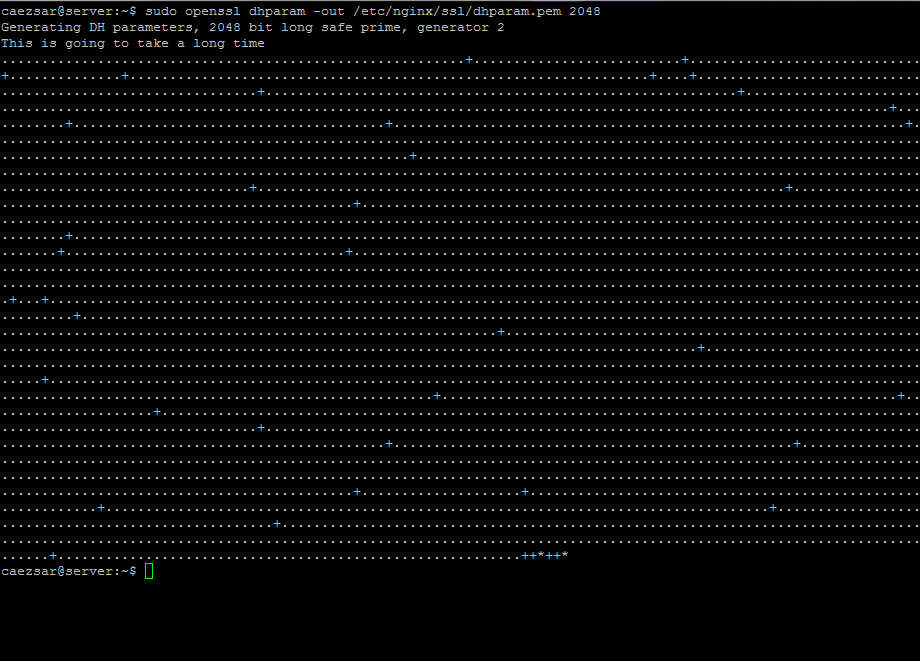

- #DIFFIE HELLMAN CALCULATOR HOW TO#
- #DIFFIE HELLMAN CALCULATOR FULL#
- #DIFFIE HELLMAN CALCULATOR CODE#
It might be hard-coded into a program or delivered physically to the intended recipient. Typically, the encryption key will be predefined in some way. The only requirement is that both parties must have the encryption key. You simply generate a key, run an encryption algorithm against some information using that key, and send it to whoever it is intended for. The ProblemĮncrypting data is a fairly straightforward process.
#DIFFIE HELLMAN CALCULATOR HOW TO#
Today we're going to look specifically at how to encrypt data in Python with dynamically generated encryption keys using what is known as the Diffie-Hellman key exchange. However, this is a very wide-ranging answer. Node.When we are building programs that communicate over a network, how can we keep our data private? The last thing we want is some other lousy hacker sniffing our packets, so how do we stop them? The easy answer: encryption.In the next post we’ll introduce elliptic curves and ECDH, which can be used to improve efficiency further and sidestep the problematic calculation. By sacrificing a little privacy (leaking the size of each party’s set), we gain a huge efficiency advantage in comparison to the PSI protocol based on the Paillier cryptosystem. In this post we have seen how to develop a PSI protocol on top of the Diffie-Hellman key exchange protocol.
#DIFFIE HELLMAN CALCULATOR CODE#
My implementation is also very slow to initialize parties, hence the small bit length in the code example! This can probably be sped up somewhat with a better implementation focused more on performance, but a problematic calculation is introduced which is necessary for steps 3 and 7 of the protocol (hashing numbers until they are primitive roots). However, the flipside of this is that this protocol is much more practical for large domains because we do not need to perform calculations on values not in either set, and do not need to transfer them across a connection either.
#DIFFIE HELLMAN CALCULATOR FULL#
Some of those limitations also apply to this Diffie-Hellman PSI protocol, including the assumption that the server and client are honest, and even with the size-only protocol a malicious client could derive the full server set if the domain is small enough.Īn additional weakness is that the size of each party’s set is leaked to the other party (and any eavesdroppers), because only values relating to each element are sent to the other party. When we looked at PSI based on the Paillier cryptosystem, we saw there were several limitations. \(g^) Ĭonst intermediateValues = client.prepareIntermediateValues() Ĭonst response = server.revealIntersection(intermediateValues) Ĭonst intersection = client.handleIntersectionResponse(response) //



In this post, we’ll see how to do the same thing based on Diffie-Hellman instead. We saw previously how a private set intersection (PSI) protocol could be built on top of the Paillier cryptosystem. In a previous post we looked at the Diffie-Hellman key exchange protocol, which two parties can use to agree upon a secret key without an eavesdropper discovering what that key is. This post is part of our Privacy-Preserving Data Science, Explained series.


 0 kommentar(er)
0 kommentar(er)
